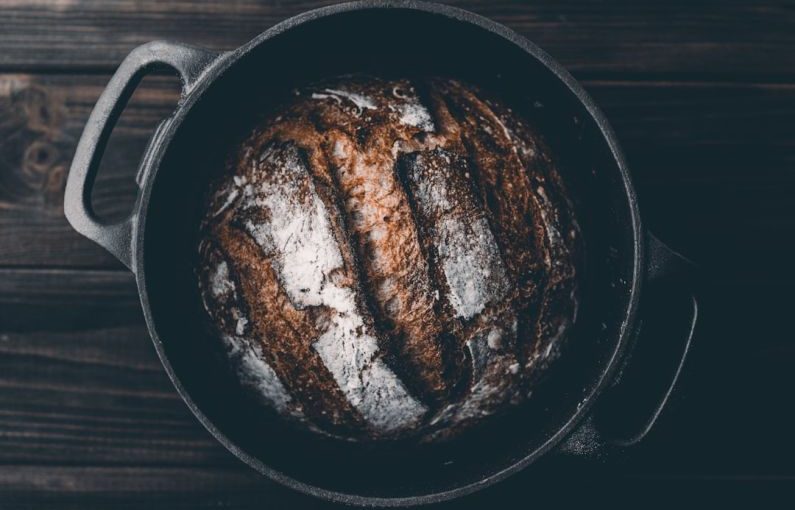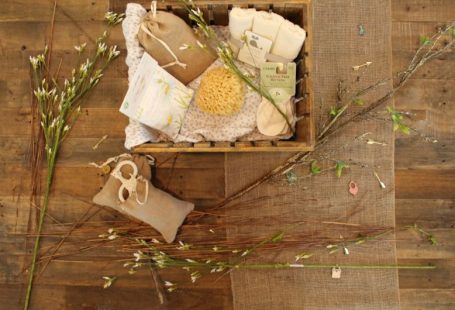For centuries, Latin Americans have been using a natural sweetener that not only enhances the flavor of their dishes but also provides various health benefits. Panela, also known as rapadura or piloncillo, is a traditional sweetener that has been a staple in Latin American cuisine. Made from the concentrated juice of sugarcane, panela offers a unique taste that sets it apart from refined sugars and artificial sweeteners. Let’s explore the origins, production process, nutritional value, and culinary uses of this beloved sweetener.
Origin and Production Process
Panela has its roots deeply embedded in Latin American culture, particularly in countries like Colombia, Mexico, and Brazil. The production process of panela is a labor-intensive one that requires skill and precision. It begins with extracting the juice from sugarcane through a mechanical press. The extracted juice is then heated in large vats until it thickens and forms a concentrated syrup. This syrup is poured into molds where it solidifies and is later cut into blocks or cones, ready to be used in various culinary applications.
Nutritional Value
Unlike refined sugars that are stripped of their natural nutrients during processing, panela retains much of the sugarcane’s nutritional value. Panela is rich in essential minerals such as iron, magnesium, potassium, and calcium, making it a healthier alternative to white sugar. Additionally, panela contains antioxidants and vitamins like vitamin A and vitamin C, which contribute to overall well-being. Its low glycemic index also makes it a suitable option for those looking to manage their blood sugar levels.
Culinary Uses
Panela’s versatility in the kitchen makes it a favorite among chefs and home cooks alike. Its deep, caramel-like flavor adds a unique sweetness to both savory and sweet dishes. In Latin American cuisine, panela is commonly used to sweeten beverages like aguapanela or champurrado and desserts like flan and arroz con leche. It can also be grated or shaved to sprinkle over fruits, yogurt, or desserts for an extra touch of sweetness and texture. Additionally, panela can be dissolved in hot water to make a simple syrup that can be used in cocktails or drizzled over pancakes and waffles.
Health Benefits
Aside from its delightful taste, panela offers a range of health benefits that set it apart from refined sugars. Its high mineral content makes it a good source of nutrients that are essential for maintaining a healthy body. The antioxidants present in panela help combat free radicals and reduce inflammation, promoting overall wellness. Panela’s slow-release energy also makes it an excellent option for sustaining energy levels throughout the day without causing sudden spikes in blood sugar.
Incorporating Panela into Your Diet
If you’re looking to add a touch of Latin American flair to your cooking, consider incorporating panela into your diet. Whether you’re sweetening your morning coffee, baking a batch of cookies, or preparing a marinade for grilled meats, panela can elevate the flavor profile of your dishes. Experiment with different ways of using panela in your recipes to discover new and exciting flavor combinations that will impress your taste buds and leave you craving more.
In conclusion, panela is not just a sweetener; it’s a cultural symbol that represents the rich culinary heritage of Latin America. Its natural sweetness, nutritional benefits, and versatility in the kitchen make it a must-have ingredient for anyone looking to explore new flavors and embrace traditional cooking techniques. So, next time you reach for a sweetener, consider giving panela a try and experience the delicious difference it can make in your dishes.





